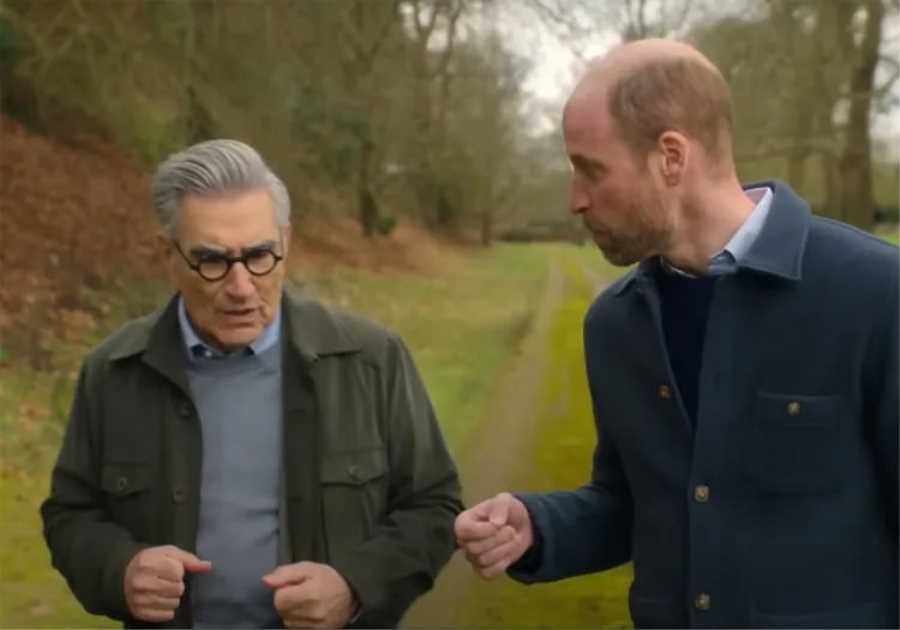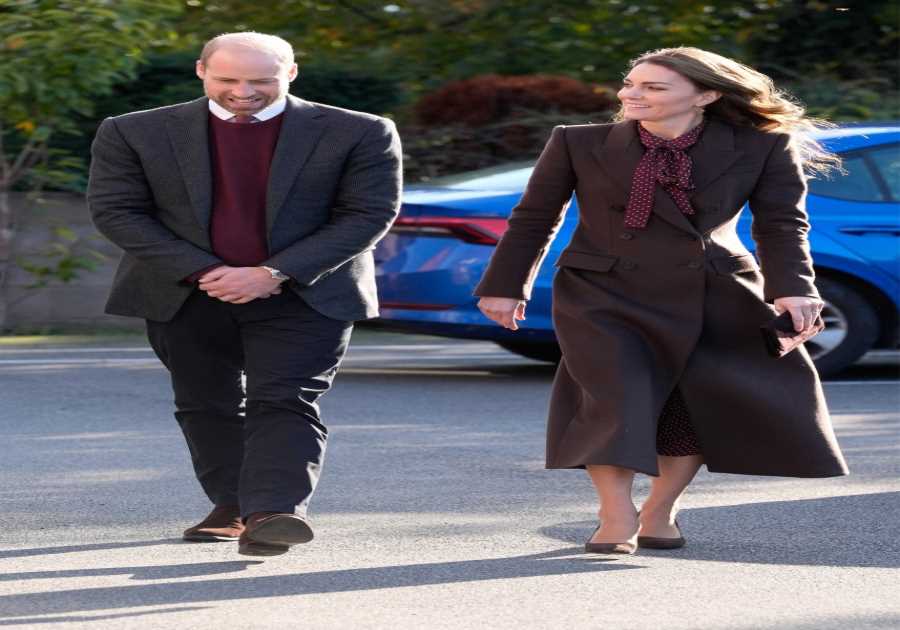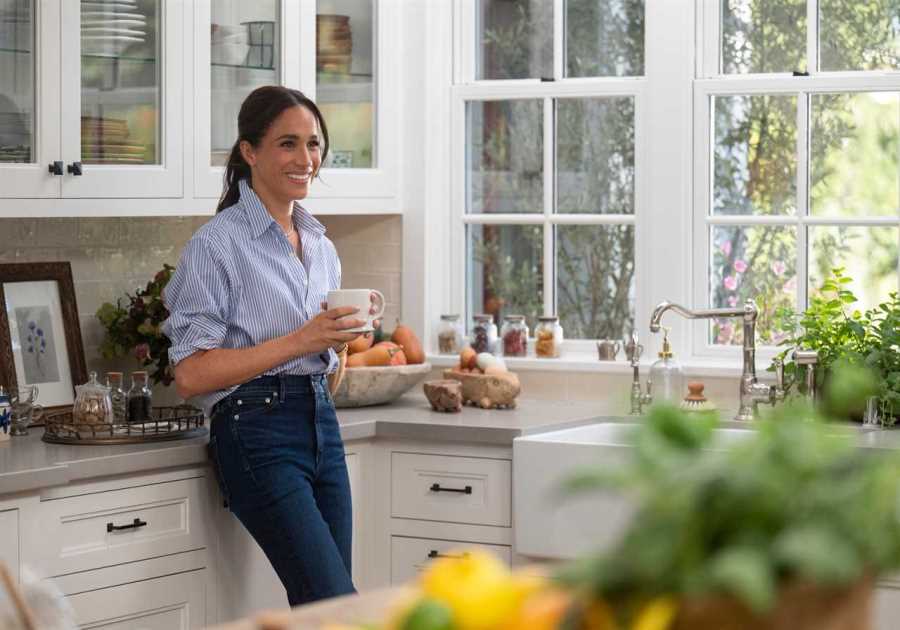GRAND Designs: House of the Year has returned, with a series of breath-taking new houses which have blown the Royal Institute of British Architects (RIBA)’ judges away.
During the recent episode of the Channel 4 series, Kevin and his co-presenters, architect Damion Burrows, Natasha Huq and design expert Michelle Ogundehin visited five properties battling it out to make the shortlist.

The first house that was showcased was – Tudor Springs – a Tudor-style home, with an indoor-outdoor living of California modernism
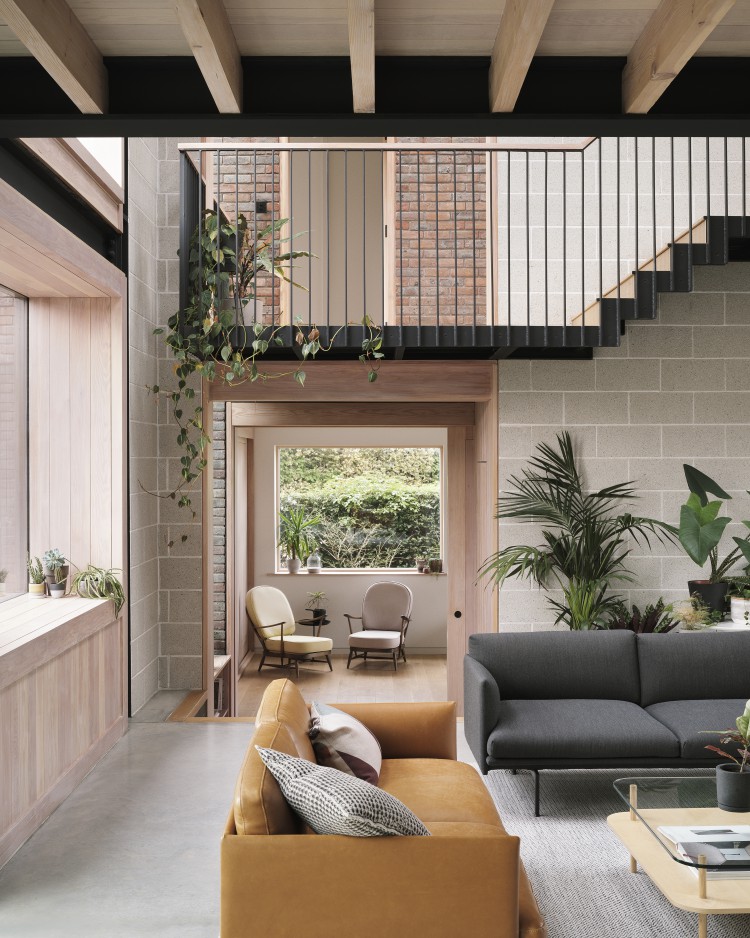
The Derwent Valley Villa, in a village in Derbyshire is made up of one building, broken up into blocks spread across the plot and connected with glass corridors
They focused on some ground-breaking properties which break the mould such as, a modern Tudor barn, a tiny home built on the plot of a garage, and an unique extension finished with a fake mountain.
The Channel 4 presenter explained how each of these houses are different and how the buildings go “boldly where no house has gone before” making us “rethink what a home can be.”
The first house that was showcased was – Tudor Springs – a Tudor-style home, with an indoor-outdoor living of California modernism.
Kevin described the property as a “bold and beautiful pioneer of a brand new architectural style.”
Downstairs has a triple height hallway, with an open-plan living and dining space, kitchen, cinema room, study and hallway.
Upstairs has a guest room with an en-suite, a bathroom and a bedroom, as well as a dressing room and a covered balcony.
Percy the designer said they had designed the balcony as a “space where you could sit outside in the pouring rain, have a cup of coffee and watch the world go by.”
The second property featured in the programme as Kevin described it, was “at the forefront of the boundaries of what a family home could be.”
The Derwent Valley Villa, in a village in Derbyshire is made up of one building, broken up into blocks spread across the plot and connected with glass corridors.
There’s a glass corridor that leads to a kitchen and living area. Meanwhile upstairs, a gallery looks out on the living area, with four bedrooms.
There is a modern kitchen at one end made out of solid oak, and a double height living room at the other end and has kids bedrooms and main suite with stunning views.
The RIBA judges were surprised and impressed by the design of the house.
Peeking House was the third property battling it out for a place in the shortlist. The family home built on a foot print of the size of a garage has a bedroom on the lowest level, while the third level has a bedroom and bathroom.
On the ground level is the kitchen and dining room, while upstairs is the living space.
Owner, Chris said: ‘We were saving precious inches on the dimensions of the property. We decided to expose it all to get extra floor to ceiling height.’
The RIBA loved that the property had spacious rooms, and felt “light and airey”.
The fourth longlisted property was a 19th century building that was rebooted for the 21st by cloning it, and now it’s a local brick cottage in Suffolk.
The modern design cottage has a hallway downstairs with two bedrooms above, while an open-plan extension at the back has the kitchen and dining area.
The new cottage is connected to the extension, and contains the girls’ bedrooms and a shower room.
The owner Tom explained: “When you’re trying to tie a new bit of building with an old building, one of the ways to do that is to replicate what is there already.
“The old building had these rectangular tile slates, so we’ve got these shaped fiber cement ones. Where the original has these original flint walling, we could use flint blocks.
The property really caught the attention of the RIBA judges as they admired the couples creative approach to giving the cottage a modern make-over as they felt the new living was “remarkable”
The final property that was seen on the show was in South West London. It’s an extension and remodelling of an existing house.
All the rooms in house have been renovated and remodelled with a new utility room and a family area.
It’s sunken from the original level, with dining, seating and eating. Upstairs are the original rooms within the building and at the back is an extension which includes a mountain landscape made from foam aluminum.
The property interested the RIBA judges as they enjoyed the families personal expression in the house.
At the end of the episode, Surbiton Springs and Suffolk Cottage made it through to the shortlist.
It comes after viewers recently slammed the property listed as “Mountain View” as “hideous” with an “eyesore” for a roof.
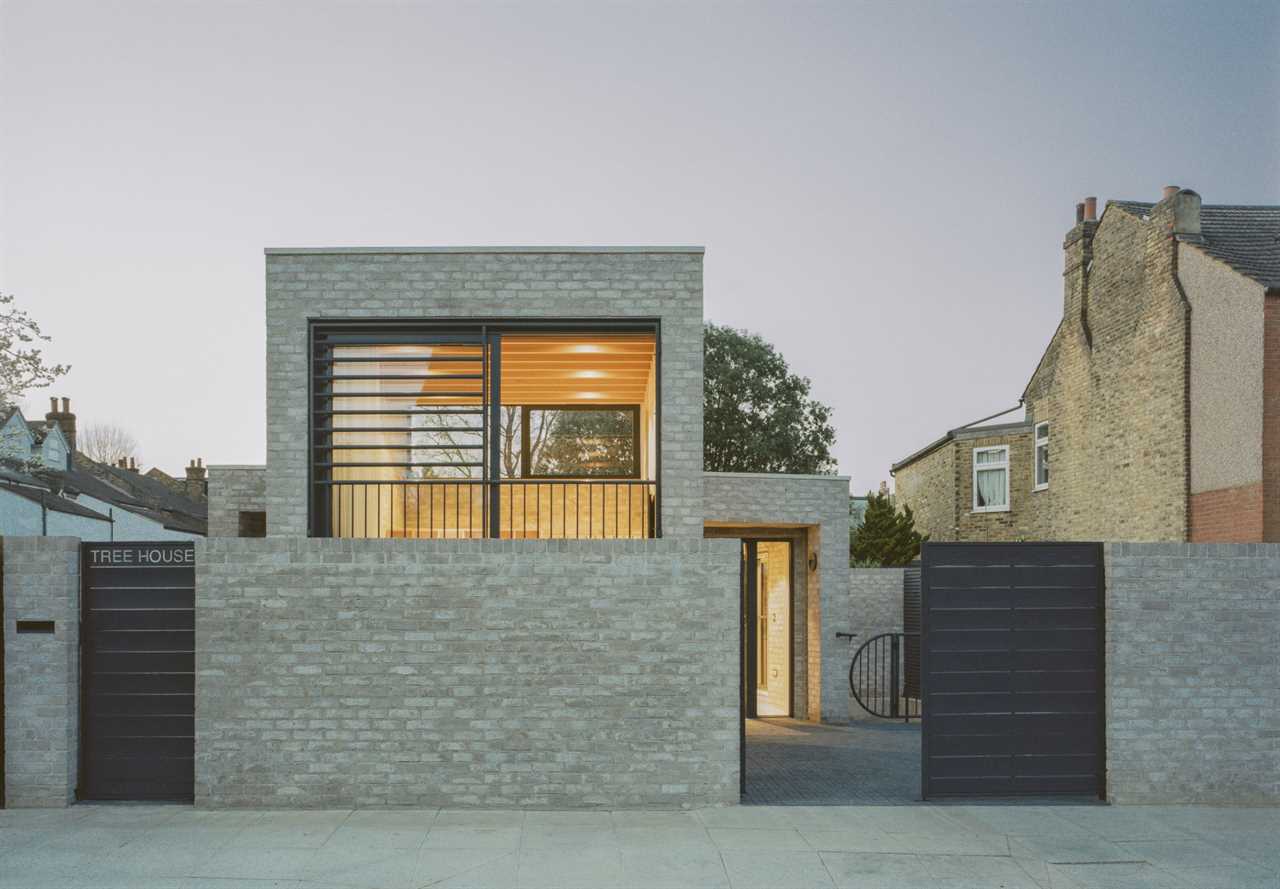
Peeking House was the third property on the longlist. The family home built on a foot print of the size of a garage has a bedroom on the lowest level, while the third level has a bedroom and bathroom
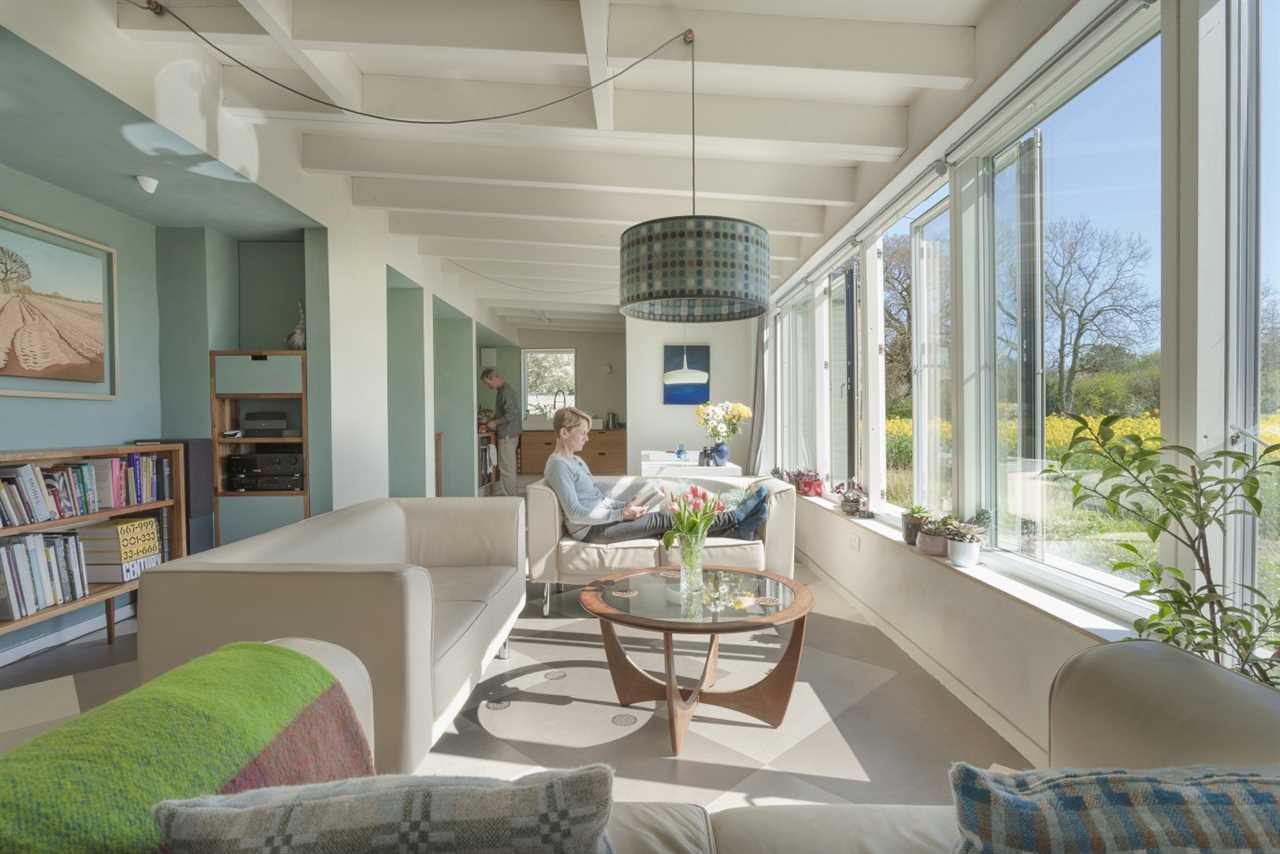
The fourth longlisted property was a 19th century building that was rebooted for the 21st by cloning it, and now it’s a local brick cottage in Suffolk

